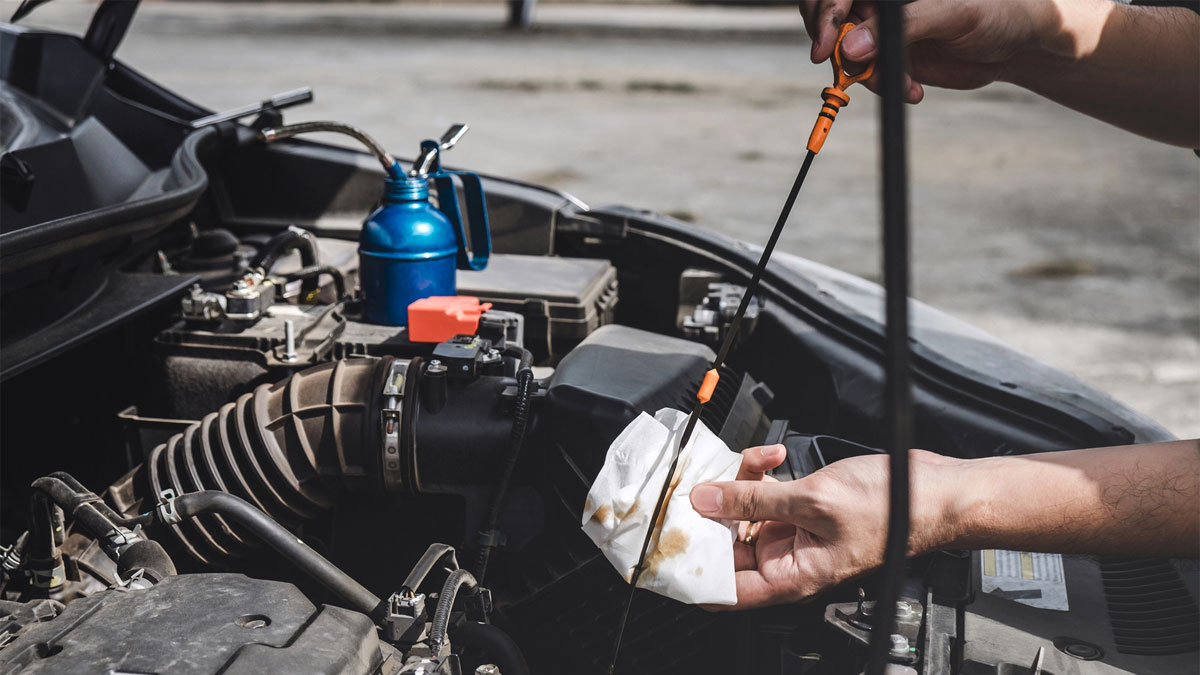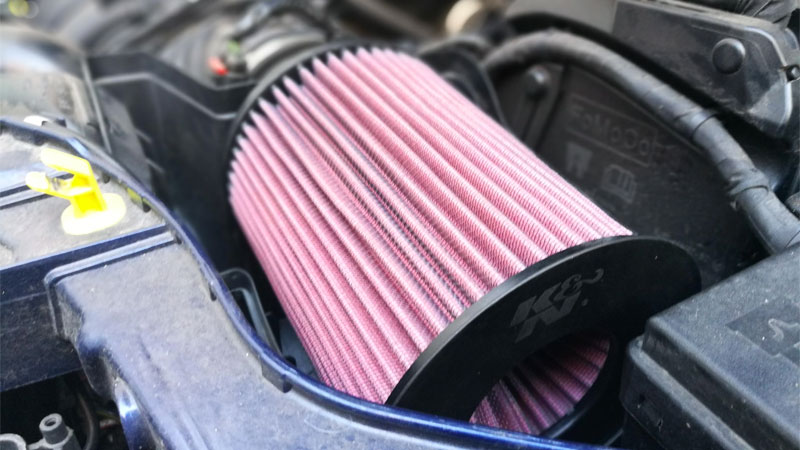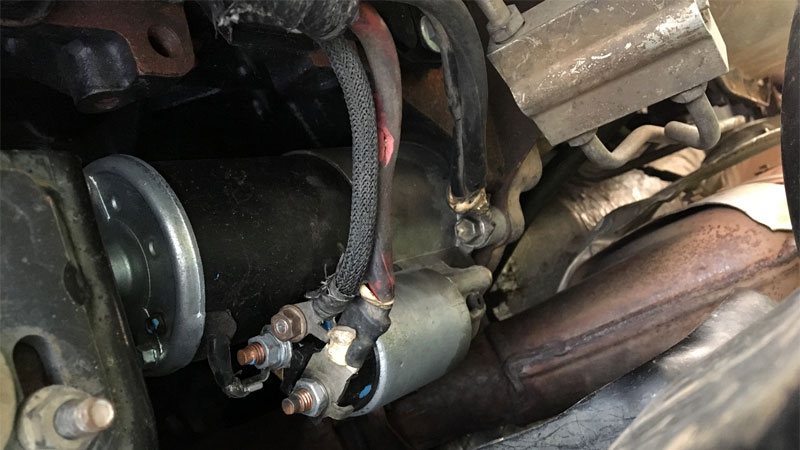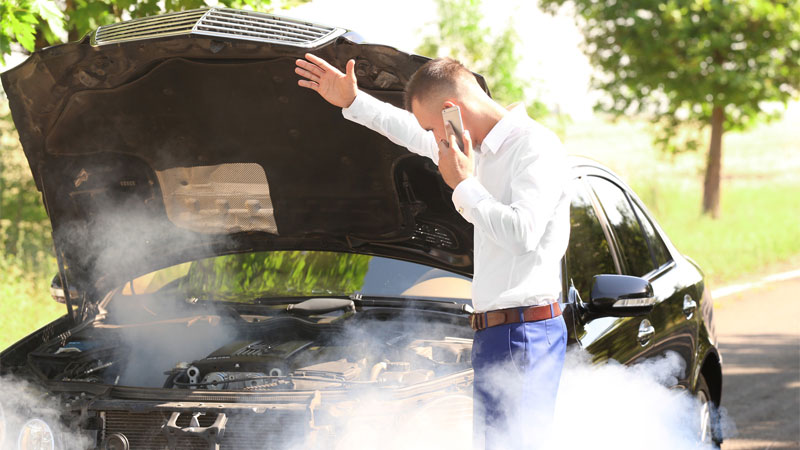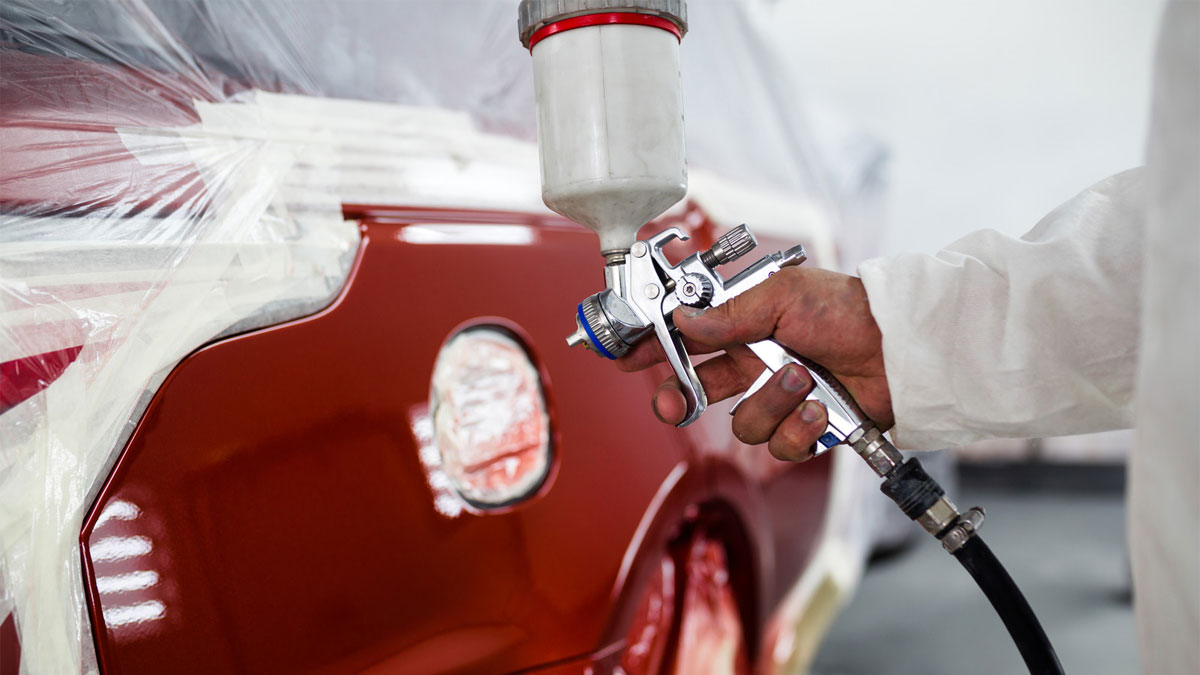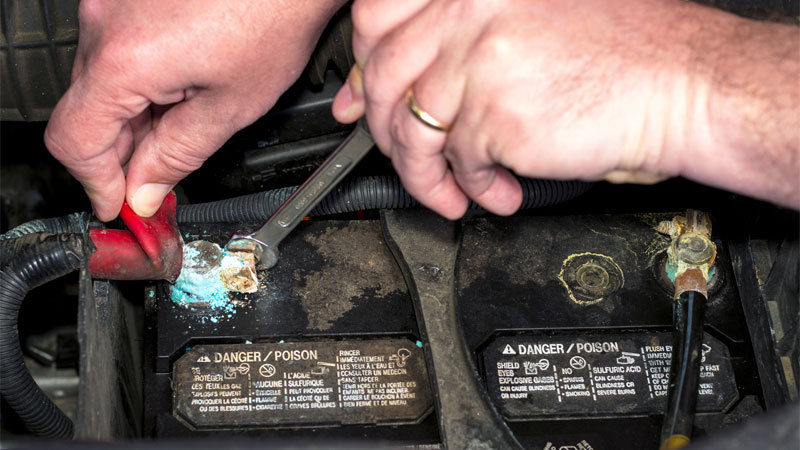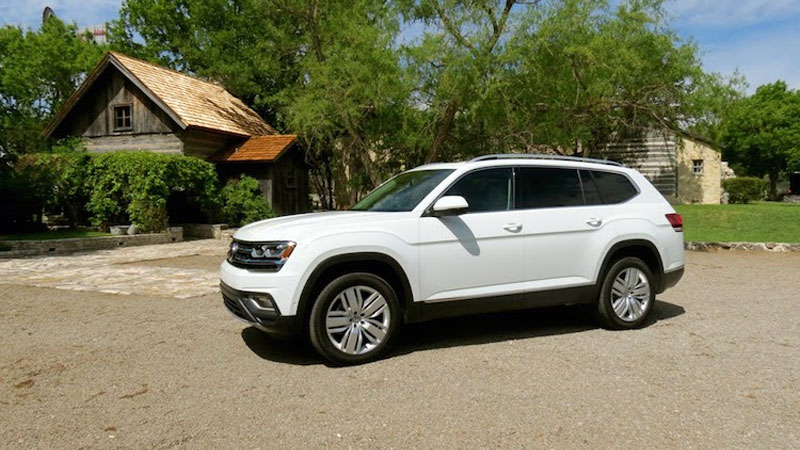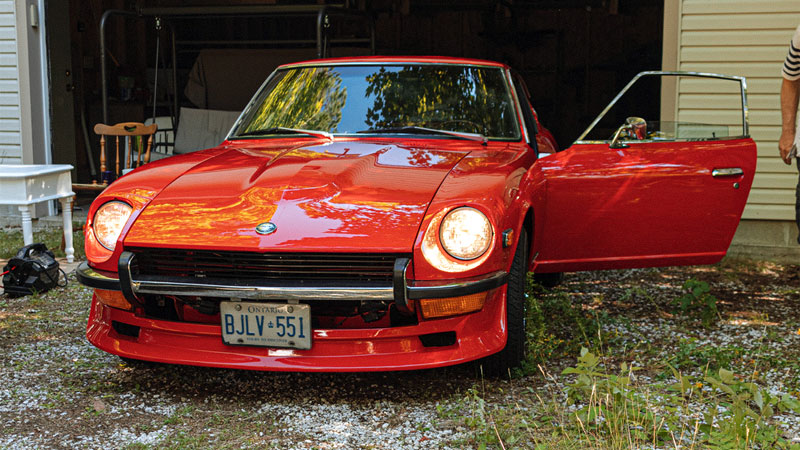10 Basic Car Maintenance Tips Every Owner Should Know
Maintenance is something that you must always deal with if you’re a car owner. There are so many internal parts and components of a vehicle and if any one of them were to become damaged or worn out, it will cost you a lot of money to replace those parts. … Read more

